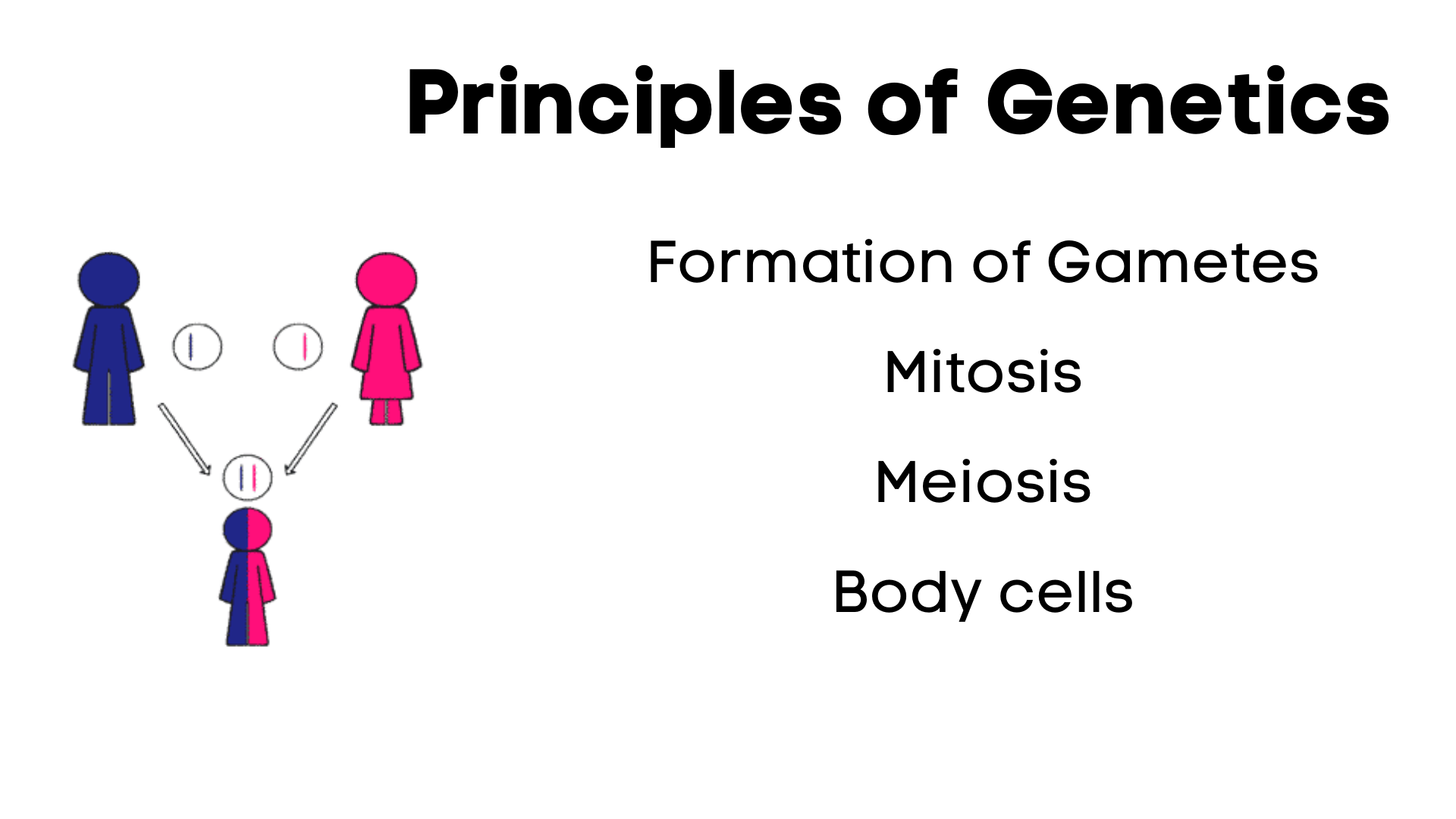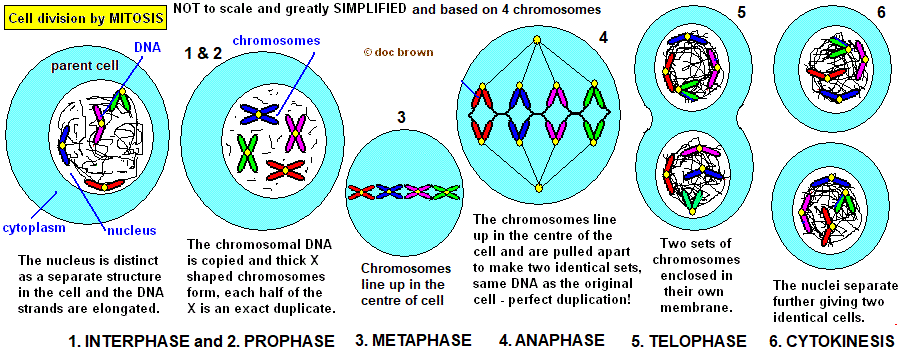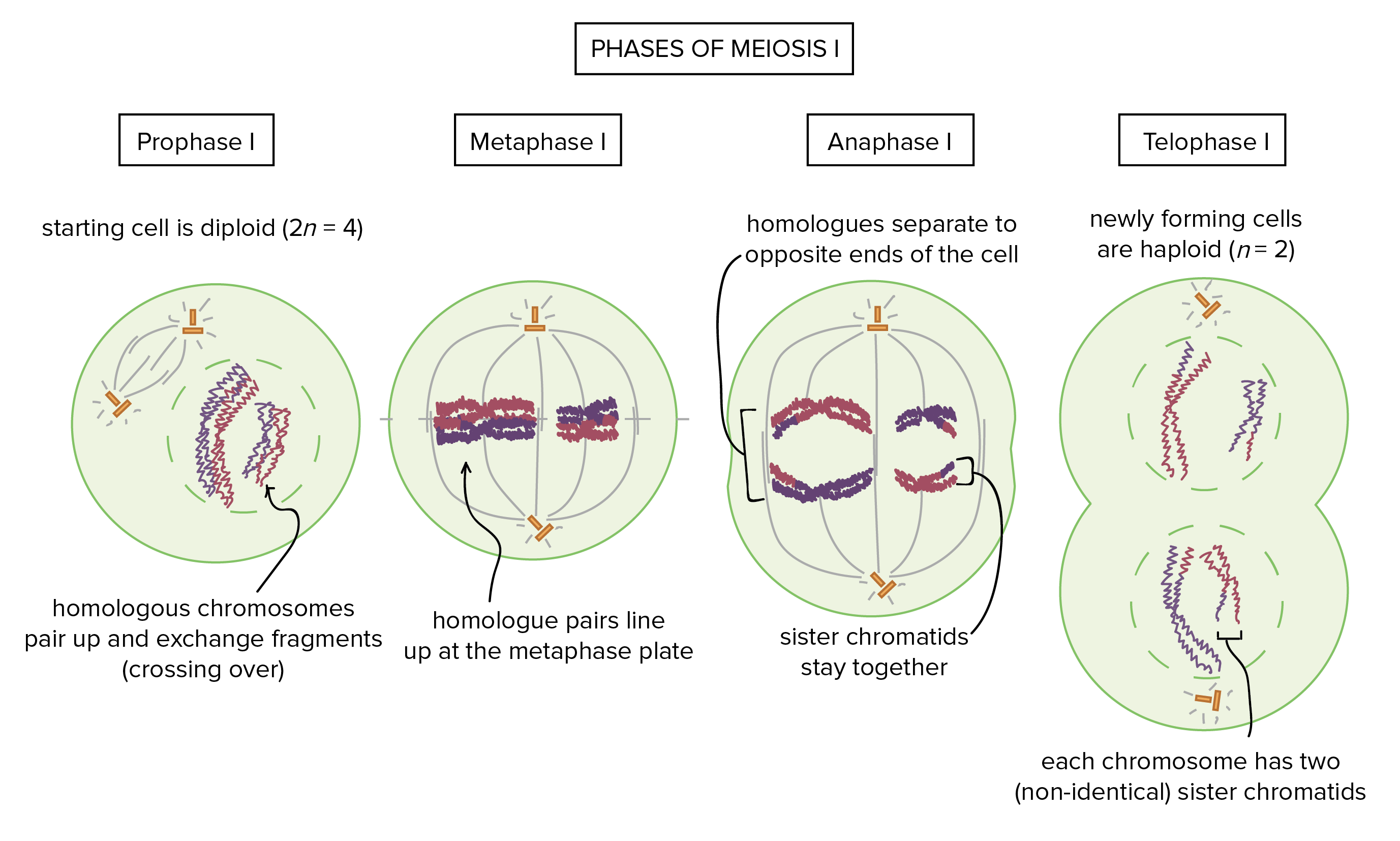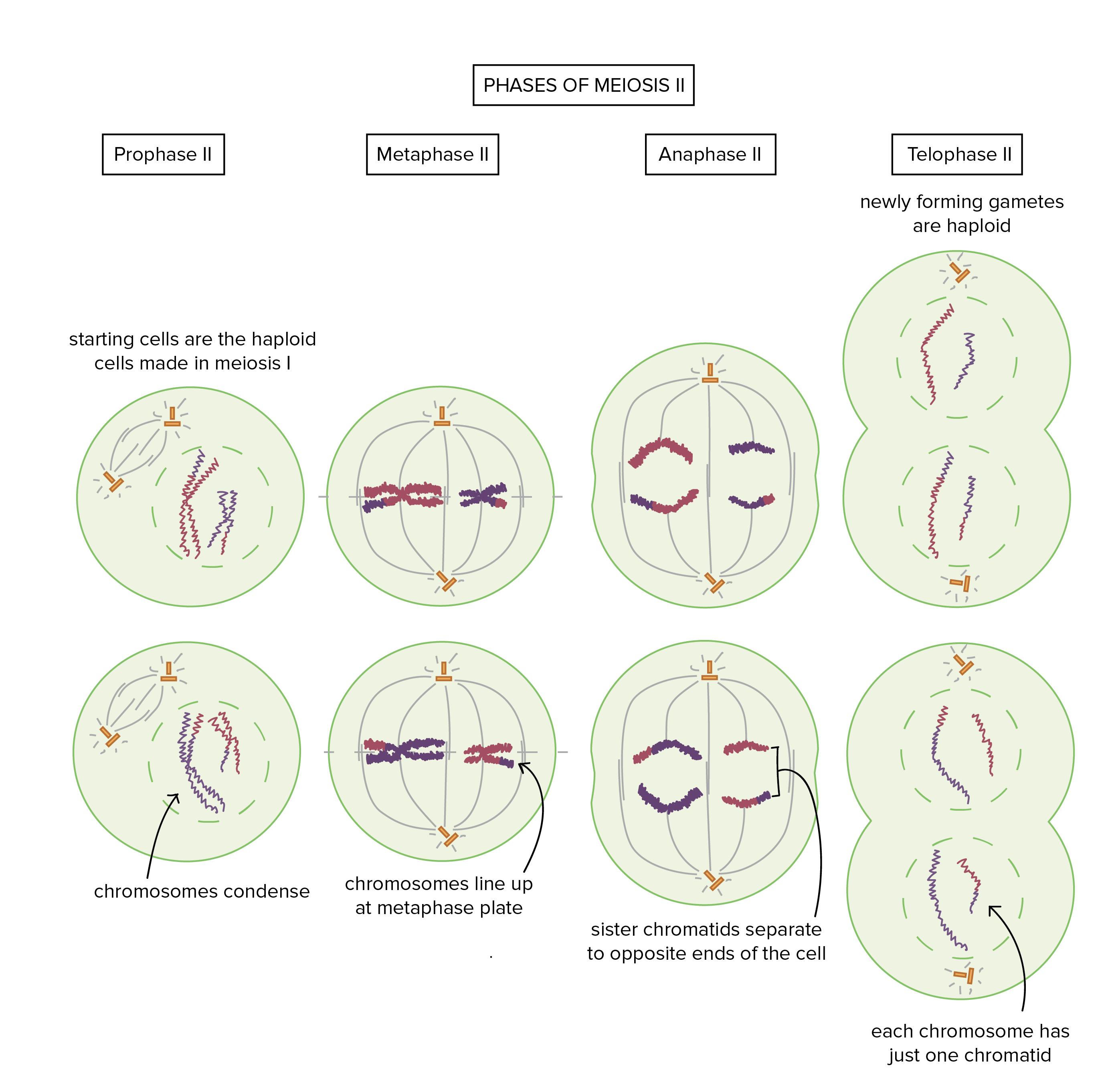All living creatures consist of millions and millions of cells. Every cell has a cell nucleus. In this cell nucleus very small strings, known as chromosomes, are found. These small chromosomes are found in pairs and therefore the genes are also found on both chromosomes.

Formation of Game
The ovum or gametes of the female animal has only one of the pairs of chromosomes that are found in a body cell. We said the cell is haploid. The body cell is a diploid full set of chromosomes. The mature sperm cells of the male have also only halted the chromosomes and genes of the male’s body cells. Therefore, the sperm cell is also a haploid.
When the two gametes (sperm and ovum) combine during fertilization the result is a cell with a new combination of two sets of genes. Diploid and unique in the combination with its genes and is called a zygote.
The gametes are formed through a division called reduction division (Meiosis) because the chromosomes and genes are reduced to half (haploid) that of the body cells. When body cells divide, we call it mitoses. After mitosis, the resulting cells have the same amount (diploid) of genes as that of the dividing cell.
Mitosis
We are now coming back to the fertilized egg cell. The cell divisions, which affected the growth of an animal, are called mitosis. It is visible under a strong microscope, shown schematically in the figure.

The most important feature of mitosis is that the chromosome number remains constant throughout successive cell divisions.
The result is an exact distribution of chromosomes to the new cells as they are formed. The new cell, formed by the chromosomes, is the same as that of the cell from which it has been derived. The ability of a single cell to give rise to all the different kinds of specialized body cells can be explained by the mechanism of differentiation.
Mitosis, then, is the normal duplication of body cells to form new daughter cells with the same chromosome number as the mother cell.
Click here to view a video that explains the stages of Mitosis.
Meiosis
Fertilization occurs when the sperm and the egg unite to form a new individual. For species to maintain a constant chromosome number, it is, therefore, necessary that each egg and each sperm should contain only half the chromosome number. The process of cell division that results in the formation of sex cells (gametes) and the halving of the chromosome number is known as meiosis.
During meiosis the members of each pair of chromosomes line upside-by-side and separate in such a way that each daughter cell has one member of each chromosome pair. Each gamete will therefore contain exactly a half of the normal chromosome number. With fertilisation, the normal chromosome number is restored. The process of meiosis is illustrated in the figure.


Click here to view a video that explains Meiosis.s.
Body Cells
There are thousands of genes situated on the chromosomes in an individual’s cell nucleus. The composition of the genes in everyone is unique.
During the process of fertilization, the two sets of chromosomes of the mother and father are joined, and a new individual with his own unique gene composition is conceived.
Note that each sperm/ovum produced by an animal does not carry the same gene component, because a different chromosome combination is possible in both the sperm and the ovum. This contributes to the variation in genotypes produced. Since new gene combinations occur continuously, new variations are also produced continuously.